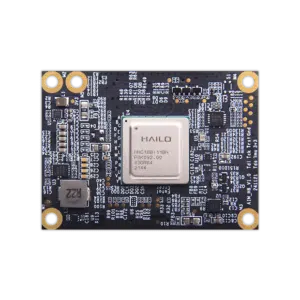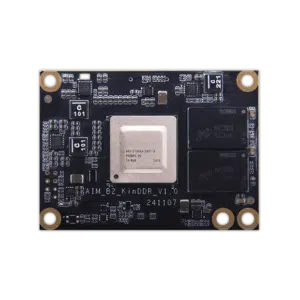Exploring the Benefits of Edge AI Devices
Exploring the Benefits of Edge AI Devices
Blog Article
A Beginner's Guide to Selecting Side AI Devices
Discovering the Advantages of Edge AI Products
Synthetic intelligence (AI) has reshaped several facets of our lives, and its application at the side is making waves in the computer industry. ai on edge devices which requires deploying AI models entirely on devices like devices, cameras, and smartphones, has emerged as a progressive way of handling information and executing tasks. Unlike cloud-reliant AI techniques, side AI operates nearer to where in actuality the knowledge is generated. This shift brings a bunch of advantages, positioning edge AI as a game changer in areas including healthcare to retail to professional automation.

Here, we'll discover a number of the critical advantages of side AI products and how they're surrounding the future.
Faster Processing and Real-Time Responses
One of the most significant features of edge AI is their ability to process knowledge domestically on the device, as opposed to counting on a distant cloud server. The end result? Faster handling rates and real-time responses. Like, in autonomous vehicles wherever every millisecond matters, edge AI may analyze environmental information instantly to make conclusions, such as for instance braking or steering changes, minus the latency associated with cloud communication.
Based on recent data, edge AI units may lower decision-making latency by up to 75% in comparison to cloud-dependent solutions. That makes them well suited for time-sensitive purposes, such as for instance video analytics in surveillance or intelligent manufacturing systems.
Increased Information Privacy and Protection
Privacy and data security are growing concerns in a highly attached digital world. Because side AI grips data running domestically, painful and sensitive information does not need to go a cloud host, reducing the risk of interception or breaches. This local approach provides agencies more control over their data and guarantees submission with privacy regulations, particularly in industries like healthcare and finance.
The increasing adoption of these devices is largely driven by privacy-conscious guidelines and a desire for on-device computation. Studies indicate that by 2025, significantly more than 50% of AI-generated data is going to be processed at the edge to make sure higher knowledge security.
Decreased Dependence on Web Connection
Cloud-based AI purposes rely heavily on secure net connection to work effectively. edge computing platform, on the other give, prosper in conditions where connection may be unreliable or unavailable. Since edge AI techniques information directly on the unit, it may work easily without the need for constant use of a network.
For example, in remote agricultural options, side AI units may analyze climate patterns, earth problems, and crop knowledge in real-time to help with predictive farming, even though disconnected from the internet. It's estimated that side processing can lower information transfer prices by around 70%, making it more economically practical in parts with limited bandwidth.
Power Performance and Lower Fees
Edge AI products are designed to improve energy consumption. By processing knowledge on-device, they lower the requirement to deliver enormous datasets to cloud machines, cutting down both bandwidth application and energy costs. That makes an important big difference, particularly in industries where power performance is a critical factor.
Corporations deploying side AI usually experience paid down working prices while they avoid the continuing expenses associated with high-volume cloud storage and data transmission. Moreover, edge AI's low-power hardware ensures products can do complicated computations without draining assets, which makes it a sustainable choice for IoT (Internet of Things) ecosystems.
Designed AI Alternatives for Unique Use Cases

Still another important advantageous asset of side AI is their power to deliver personalized answers for distinctive scenarios. Unlike universal cloud-based AI designs, side AI techniques can be fine-tuned to improve efficiency for particular applications. As an example, edge AI products used in retail adjustments provides personalized guidelines and easy checkout experiences. Similarly, in commercial automation, they could check gear performance and anticipate preservation needs with large precision.
That versatility has generated an estimated 30% development in side AI deployments previously year, featuring its value in supplying targeted alternatives across varied industries.
Operating Development with Side AI
Side AI units are in the forefront of development, providing unmatched pace, privacy, and efficiency. By permitting real-time conclusions, safeguarding sensitive data, reducing reliance on connectivity, and selling energy savings, they provide an intelligent, scalable solution for a number of applications. Moreover, as engineering advances, the integration of side AI is likely to accelerate, unlocking new possibilities and redefining how businesses control AI.
Report this page